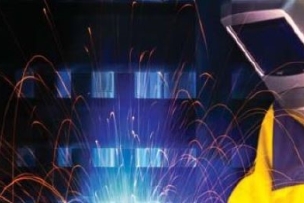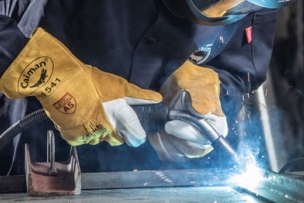Mistakes on the job that injure workers are going to happen. The question is how to reduce the most impactful or fatal ones and garner active participation from everyone in a company. An engaged safety culture is made more possible by understanding context over pinpointing blame—and leading by example.
What’s working to foster safety culture for manufacturers today—and what isn’t?
To better understand and further the discussion, the American Society of Safety Professionals “Safety 2019” conference offers fresh perspectives from large organizations such as NASA and Alcoa—and from consultants exposed to safety culture across industries.
Stop the Blame Game: Design Your Safety Culture from the Outset
A 2017 train derailment in Seattle left three people dead. The cause? According to the National Transportation Safety Board, it was the train operator who took a curve at more than twice the recommended speed.
But further analysis showed that an automatic braking system could have helped slow or stop the train, says Stephen Scott, director of human performance and continuous improvement at Alcoa in his presentation “Planning for Failure, Revisited.”
“Blaming people for doing things that are pretty normal and pretty predictable isn't going to fix bad events from happening,” Scott says. “We’ve got to teach people to understand the conditions for bad events, when where we're going to deviate, and when we're going to make bad decisions so that we can recognize those conditions and do something about them.”
Scott, who has 30 years of safety experience, observes that context is vital to changing the mindset of safety practitioners who are very focused on compliance and reducing days-away restricted or transferred, aka “DART” rates.
Finding fault in humans is the easy part, contends Scott. Does it make people safer?
“Do you want to blame and punish or learn and improve?” asks Scott.
“We have got to work on employee behavior,” says Tim Page-Bottorff, a senior safety consultant at SafeStart, in his presentation “Leapfrogging From Compliance to Culture.”
“We’ve got to find out where workers are coming from, see if we can get into a position to entice them or motivate them to follow what’s required by law,” says Page-Bottorff.
How do you motivate employees? “We still need to understand their frame of mind,” he says. “They may have frustrations on the job or at home … If you want better awareness, you have to help give them the skills to be more aware.”
![]() Keep track of all this year's ASSP event coverage on our MSC at Safety 2019 page.
Keep track of all this year's ASSP event coverage on our MSC at Safety 2019 page.





Talk to Us!
Leave a reply
Your email address will not be published. Required fields are marked *